The past six months has been a mix of highs and lows for Liverpool FC, as you would expect when navigating a period of transition.

Sometimes it is difficult to look beyond each result as a barometer of progress; and it is easy to forget that results are only one metric. In a long term plan the first six months are as much about laying the groundwork for the future as they are immediate progress.
Last summer I wrote an article called ‘the Game Plan‘. Now that we are mid-way through the season it is a good time to re-visit the key strategy drivers for the club before making a judgement whether or not FSG’s project for Liverpool is working.
It is no secret that success in the commercial space is going to be at the heart of the FSG project. If we succeed commercially, then we can generate resources to compete at the top of the game. The biggest single factor in whether or not we can find a sustainable formula to compete will be driven by how far we can grow our revenues.
The recent announcement from the Premier League on FFP is good news for sustainable clubs; but it will not be FFP that makes us successful – if anything it will slow down the runaway spending of benefactor clubs. It is important we are masters of our own destiny and do not rely on UEFA or the Premier League.
One of the biggest issues for FSG since the summer has been that ‘Project Liverpool’ has been against the backdrop of cultural change. That shift in culture was easier to manage with Dalglish at the helm; but the decision to take a new direction has left little or no link with the club’s illustrious past.
Whilst the future is quite rightly the priority for FSG; breaking away from the club’s past is a very fine balance that needs careful navigation. Whereas with Dalglish in situ supporters were more tolerant; that layer of protection is no longer there: the owners only have actions to be
judged on.
So what do the actions the owners have taken look like? Have they made the right decisions? There is still a great unknown in some areas; but if you look at the three key strategy drivers (Football, Commercial & Stadium) for FSG the ‘new Liverpool’ is starting to take shape.
Brendan Rodgers

If you take results at face value, we have not improved on last season. We have arguably digressed on the pitch. But, the story isn’t really that black and white.
People often point to the appointment of Rodgers as being a big risk by the owners, and in some ways, it was. But the point that is often missed is that Rodgers wasn’t appointed to bring his ‘philosophy’ into the club; the owners had already decided the direction they wanted the club to take – and in Rodgers they recruited a man with the same ideology and ambition.
Rodgers coaching credentials and experience at developing youth were a natural fit with where Liverpool will grow in the future; and his age was a factor in finding a coach that wasn’t a ‘finished article’ – but had the potential to be great and is ready to grow with the club at a sensible and sustainable pace.
This season has been a learning curve for Rodgers. The demands of managing a club with the profile of Liverpool will have been a difficult transition. But there are clear signs that he is able to translate his ideas onto a bigger stage.
Whilst results haven’t yet been reflective of performances – the fluidity of football under Rodgers has been refreshing; a modern variation on the pass’n’move game that is built into the DNA of the club.
A top 4 finish remains unlikely this season; although not impossible. The top4 was not our aim; our aim was to realign the quality v’s value in our squad with an acceptance that short term constraints would impact on our league performance.
The priority this season was to define a playing style and give a new manager the time to develop his ideas without the shadow of expectation.
Academy

If you look at the young talent at the club right now it is difficult to remember a more promising group of youngsters. With youth comes inexperience; and the likes of Sterling, Suso and Wisdom will have dips in form. But all three players are at least 5-7 years (arguably longer) away from peaking.
The academy is flourishing under the guidance of McParland and Borrell. There is a clear strategy and the players that are graduating are all being coached to be ‘first team ready’.
There is a philosophy being built at the club through every level. Whilst Rodgers and the first team is the focal point; that philosophy will remain in place whoever is managing the club.
Transfers
There is now a new approach to transfers at Liverpool. It is arguably based on good common sense where you shouldn’t be afraid to walk away from a deal if it doesn’t work for the club. Strangely, that is something that Liverpool hasn’t done well enough under successive regimes.
The summer was a bit of a disaster at the end of the window where the failure to sign Clint Dempsey left us short in a critical area of the pitch. But in hindsight, walking away from that particular deal was the right thing to do.
With the new collaborative transfer committee in place there is a sound decision making structure behind our transfer business. It is the role of that committee to identify the right players and determine a player’s value to the club; to determine the negotiation parameters.

It is then the role of Ian Ayre to negotiate the best value for the club. Whilst Ayre is a divisive figure in some sections of the Liverpool fan base; his skill set as a negotiator should not be over looked. Whereas Comolli (a non-negotiator) brokered a £35m deal for Carroll, Ayre (a negotiator) brokered a £12m deal for Sturridge.
Both were the right players to sign (at that time) – it is not difficult to see who negotiated the better value. A key skill for any commercial deal broker is negotiation – and that is one area where most Liverpool fans would agree that Ayre excels.
January was an excellent month for the new transfer strategy at Liverpool. The key test will come this summer when the budget may well be aligned with a real focus on a return to the Champions League in 2013/14.
The players we have signed permanently since the summer are all under the age of 23. We have spent a combined (circa) £45m on Allen (22), Borini (21), Sturridge (23) and Coutinho (20). That is an average of just over £11m per player. Wages will probably average out about £40-50k per player.
Whilst neither Allen nor Borini has yet to establish themselves as a Liverpool player – you only have to look as far as Jordan Henderson (signed for £1m more than Allen) as a young player that needs time to adapt to the weight of the Liverpool shirt.
Broadly speaking – our last four transfers are exactly the type of signings the club should be making. All players that can contribute with the potential to develop: our mantra under Rodgers is all about the whole being greater than the sum of its parts.
Whilst there is a widespread acceptance that a transfer strategy solely focused on youth can only get you so far, there is a dynamism and fearlessness about this current Liverpool side that has been missing in recent times. Youth is unpredictable – but a by product of youth is no fear of failure. That is a good foundation to build from.
The summer will see the next phase of the club’s development. There should be a competitive transfer budget available. The summer will be the right time to invest in the 2-3 established players we need to add some steel and experience to the group. We do not need revolution in the summer; we need evolution.
We need to strengthen in defence and bring in some experience and steel. But that may only translate into 2-3 players.
The wage bill
Dan Kennett (data analyst and scribe for The Tomkins Times) estimates that the wage bill at Liverpool has been reduced from a high of £130m to around £95m. Assuming that revenue stays static (£183.6m) that reduces the wages to revenue ratio from an unsustainable 70% to a far more manageable and sustainable 51%.
Whilst the reduction in the wage bill has been painful – it was also necessary. We now have a very strong financial foundation at the club. We can afford the ‘big ticket’ contracts for the right players, but under FSG’s ownership it is unlikely we will ever see another toxic (Joe Cole) contract.
Interestingly, there is no talk of a wage structure or ceiling being introduced at Liverpool – something that has held Arsenal back from recruiting and retaining top talent at times. I expect that is an acceptance from the owners that there will be occasions (Luis Suarez) where you have to pay top dollar for the very best.
Whilst there has been a lot of critique for the impact of reducing the wage bill in the short term; in the grand scheme of things there has been some excellent work in navigating the club to this point.
We now have a young side with huge potential on sensible contracts that provide value. We have retained our best players and bid farewell to some great servants who were on the wrong side of 30 and on significant salaries. And we have bid farewell to Joe Cole – the last real symptom of an era we can now begin to forget.
Commercial
There will always be some cringe worthy by products of making money. Traditionalist Liverpool fans will despair at ‘Being Liverpool’ and the club’s official Twitter account commenting on the super bowl.
But the question that needs to be asked is this: is it a sacrifice worth making? I think it has to be. Whatever happens to the club in the future, whoever owns it, success will be defined by how much money it makes. That is the harsh reality of modern football.
So we either go with it or we get left behind. It isn’t an easy adjustment; but a commercial Liverpool isn’t an alien concept – we were the first English side to have a shirt sponsor. It shouldn’t be new to us.
One thing FSG have done really well since coming in is to leverage our commercial potential. We won’t really see the green shoots in the accounts for another 1-2 years; the warrior deal for example won’t show until the next accounts.

But rarely does a month go by without a new commercial partner being announced. We now have commercial partners in Indonesia, America and Ireland. We have a global status as a football club – and looking beyond these shores for international partners is a cornerstone of our commercial operation.
Digital media is a major focus for the club. We now have official Twitter accounts in multiple languages engaging our world wide fan base. The appointment of Paul Rodgers as Head of International Digital Development is evidence of the potential the club see in the international digital arena.
It is refreshing to see the club looking to lead and be cutting edge rather than sitting on its hands and being so late to the party that everyone else has left.
The appointment of Matthew Baxter as Chief Media Officer is another good move for the club. Baxter has extensive global experience in growing digital media channels, including television, and his appointment will support further opportunities to generate new revenue streams.
Commercially, the club is performing well. Billy Hogan has done an excellent job in pulling together a team that is focused on bringing ‘new revenue’ to Liverpool. How well he does his job will be directly related to how we can compete on the pitch – so it will remain an essential part of the club’s progress in the future.
Stadium
It is still the elephant in the room – as it has been for a generation. But there has been some tangible progress on the stadium – and FSG have laid cards on the table about its intentions.
Re-developing Anfield makes the most economic sense for the football club – and after years and years of barriers to re-development; somehow the club are navigating those issues in partnership with the council. It could be that it is an acceptance from the council that the new stadium is no longer an economically viable concept.

Whilst there is still no definitive plan or timetable for re-development; it is clear that behind the scenes work is ongoing to reach that point. It isn’t easy forcing people out of homes; re-development is not a swift resolution to the stadium issue.
If the vision is to have a re-developed 60,000 seat Anfield within the next 7-10 years that should be an ambition to unite behind. It is easy to criticise the lack of progress; but let’s not forget the stadium issue pre-dates FSG.
Until we have concrete plans and timings for a re-developed Anfield it is essential we perform well in the commercial space to bridge that financial gap on match day revenue. And we are doing that.
Project Liverpool: is it working?
There have been some well documented mistakes under the ownership of FSG which have rightly attracted criticism. Senior club employees and the owners have shown naivety at times as they have made difficult decisions to put the club on a sustainable path.
Being Liverpool has made life more difficult for Brendan Rodgers and Ian Ayre amongst the ‘core’ support. Whilst the intention was sound the product was pitched at those that were strangers to Liverpool – not those for whom it is a religion. So there was always going to be moments that would leave you shaking your head.
There is an argument that both Ayre and Rodgers would perform better with more experience above them (something I have looked at in Do we need a leader at Liverpool FC?) – but both seem to be developing into leaders that can take the club forwards.
But if we put aside the mistakes and a documentary pitched to a global audience there is plenty of evidence to suggest that the club is heading in the right direction.
Whether or not you agree with every decision; the club is now on a stable financial footing, it has a sustainable wage bill, and it is growing commercially. There is a plan for stadium re-development and it is based on agreement with the council.
On the pitch we have a young squad and an academy that is producing real talent. We are playing some excellent football; we don’t yet have the maturity to translate those performances into results but the biggest gap between Liverpool and the established ‘Top4’ isn’t quality – its maturity – and that will come with time.
We have a manager that is still learning; but he is showing that there is substance behind his ideology – and that he is willing to listen and learn.
Whilst I am sure that in the past 18 months there will have been times when John Henry will have been hugely frustrated with avoidable mistakes; I think if you look at the entire picture there is room for a small sigh of satisfaction – with the acceptance that there is still a huge amount of work to do.
Next season will be the key barometer on whether ‘Project Liverpool’ is working. On the pitch the expectations will be higher – and that will always be the ultimate metric of progress for a football club.

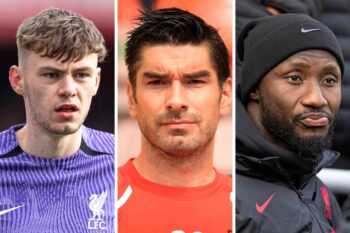


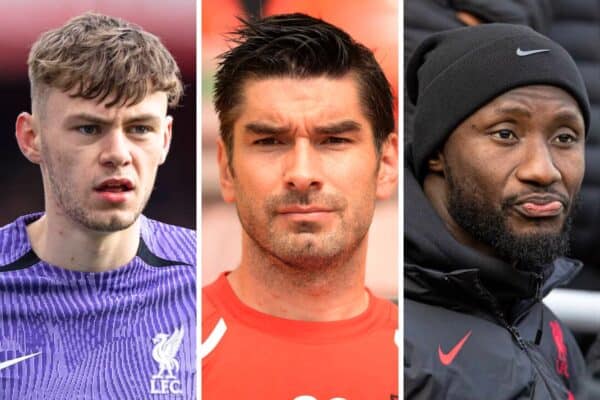
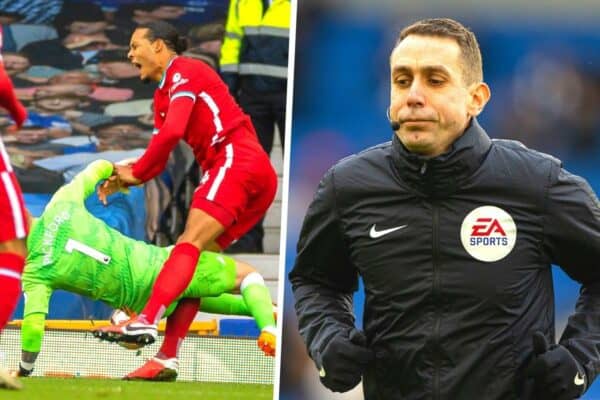
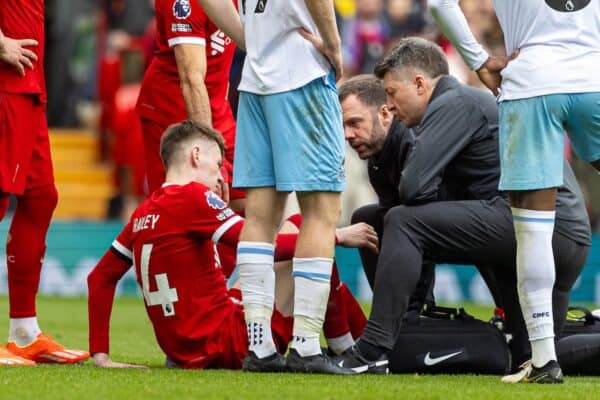
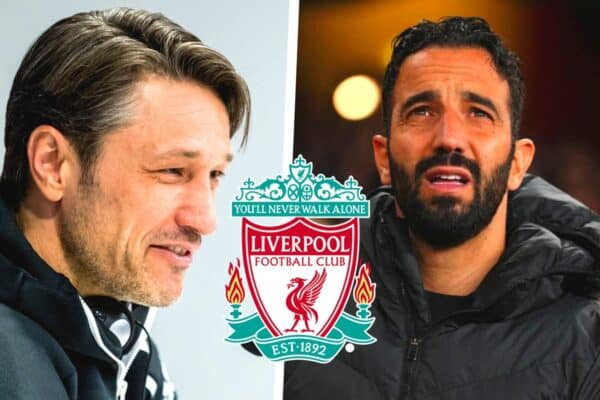
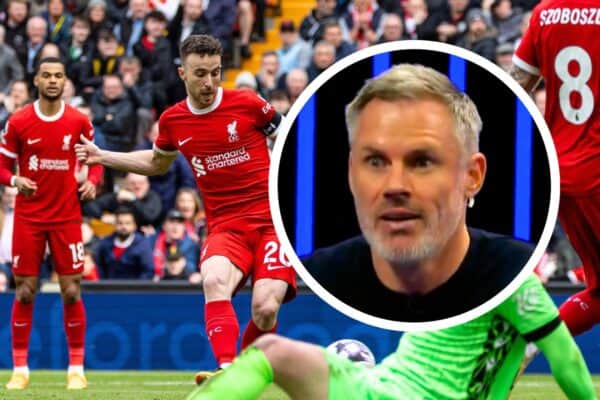
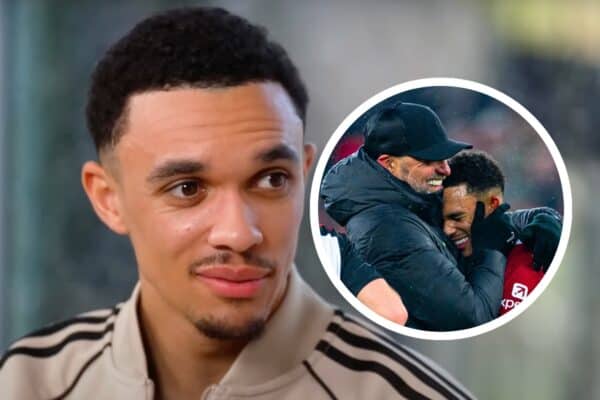
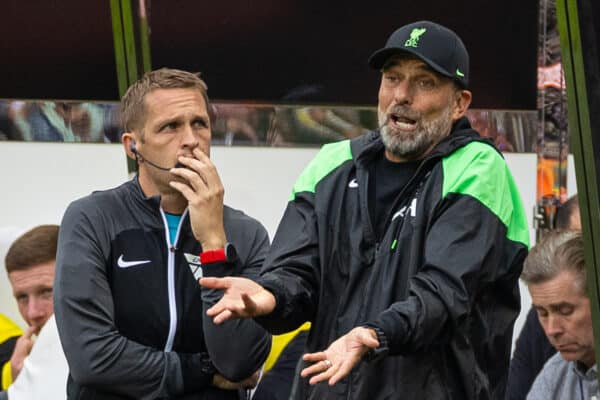
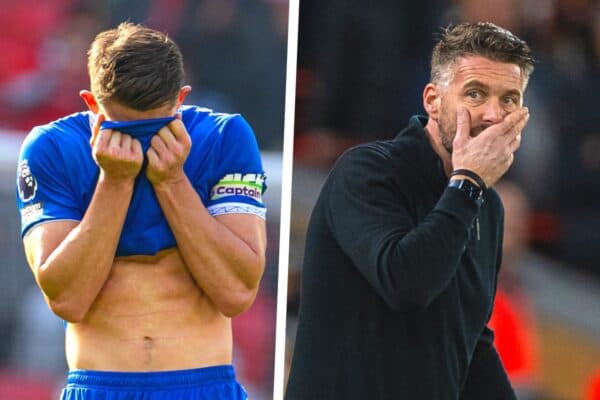
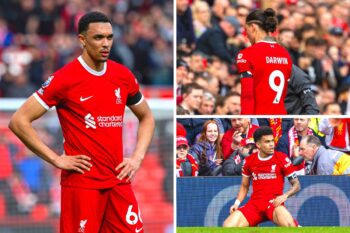

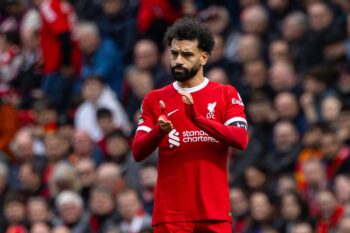
Fan Comments